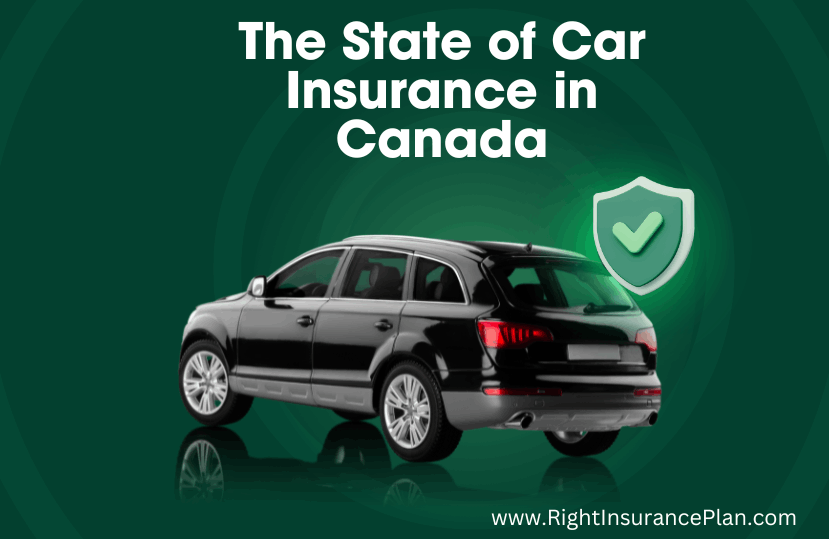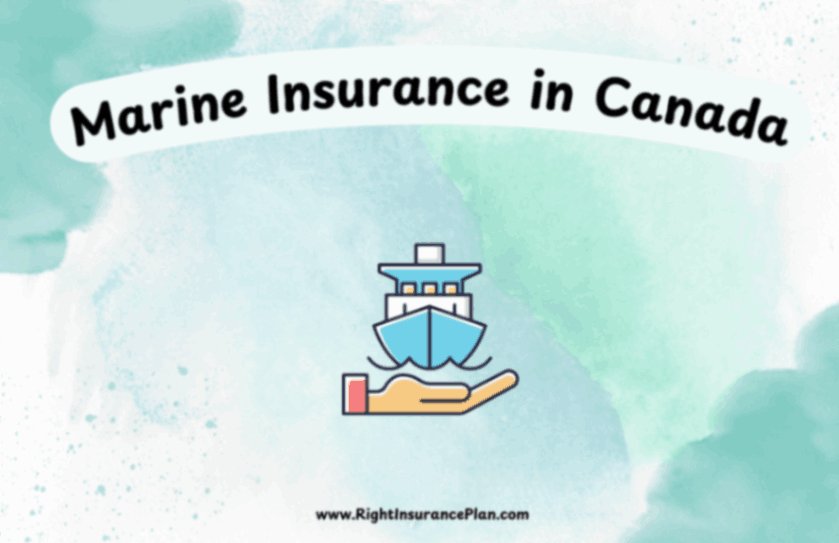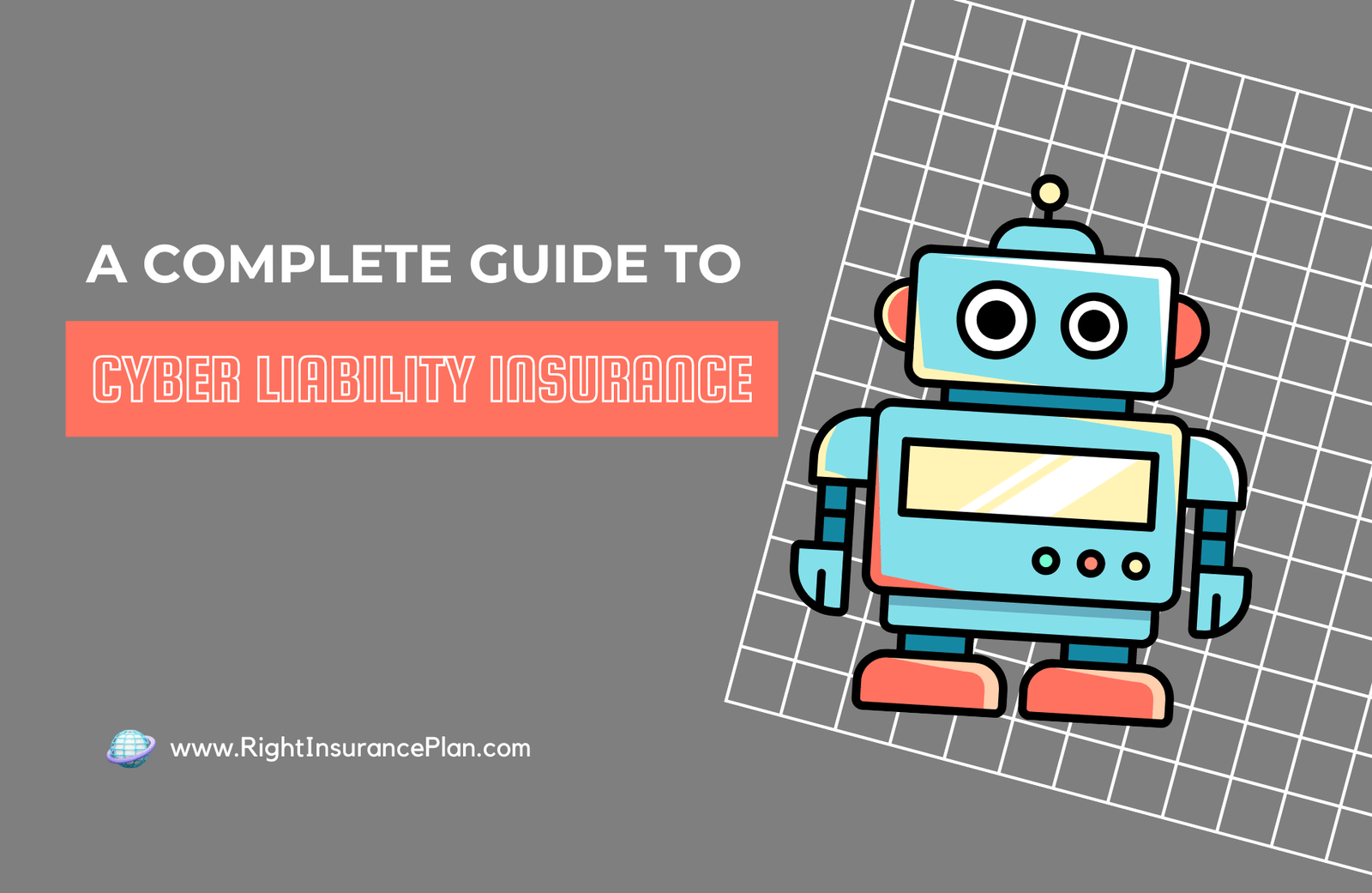
The State of Car Insurance in Canada
Car insurance is a crucial aspect of vehicle ownership in Canada, providing financial protection and peace of mind for millions of drivers across the country. As we go through 2024, auto insurance continues to evolve, shaped by technological advancements, changing regulations, and shifting consumer expectations. This blog post aims to provide a comprehensive overview of the current state of car insurance in Canada, exploring recent trends, provincial differences, and factors influencing premiums.
1. The Canadian Car Insurance Market
Canada's car insurance market is a complex ecosystem, characterized by a mix of private and public insurance systems across its provinces and territories. As of 2024, the total premium volume for auto insurance in Canada is estimated to be over $25 billion annually, reflecting the significant role this industry plays in the country's economy.
The market is primarily dominated by private insurers in most provinces, with notable exceptions in British Columbia, Saskatchewan, and Manitoba, where government-run insurance corporations play a significant role. This unique blend of public and private systems creates a diverse landscape for Canadian drivers, with varying coverage options and premium rates depending on location.
2. Provincial Differences in Car Insurance Systems
One of the most distinctive features of car insurance in Canada is the variation between provinces. Let's take a closer look at the systems in place across the country:
a) Private Insurance Provinces:
- The province of Ontario. the province of Alberta, the provinces of Nova Scotia, the province of New Brunswick, the province of Prince Edward Island, and Newfoundland & Labrador
These provinces operate under a private insurance system, where multiple companies compete for business, potentially offering more choice but also leading to higher average premiums in some cases.
b) Public Insurance Provinces:
- British Columbia (ICBC)
- Saskatchewan (SGI)
- Manitoba (MPI)
These provinces have government-run insurance corporations that provide basic mandatory coverage, with optional additional coverage available from private insurers.
c) Hybrid Systems:
- Quebec operates a unique hybrid system where basic bodily injury coverage is provided by the government (SAAQ), while property damage and additional coverage are offered by private insurers.
This diversity in insurance systems leads to significant variations in average premiums across the country. For instance, as of 2024, British Columbia and Ontario continue to have some of the highest average premiums, while Quebec and some Atlantic provinces enjoy lower rates.
You can also check the information regarding Child Plans In Canada
FAQs:
Q1: Is car insurance mandatory in Canada?
Yes, car insurance is mandatory in all provinces and territories of Canada. The minimum required coverage, however, may vary by province.
Q2: What types of car insurance coverage are available in Canada?
The main types of coverage include:
- Third-party liability (mandatory in all provinces)
- Accident benefits
- Collision coverage
- Comprehensive coverage
- All-perils coverage
- Specified perils coverage
Q3: How are car insurance premiums calculated?
Insurers consider various factors, including:
- Your driving record
- The type and age of your vehicle
- Your age, gender, and marital status
- Where you live
- How much you drive
- Your insurance history
- The coverage and deductibles you choose
Q4: Can you use your existing insurance when moving to a different province?
No, you'll need to obtain new insurance in your new province of residence, as each province has its insurance regulations and requirements.
Q5: How can you lower your car insurance premium?
Some ways to potentially reduce your premium include:
- Increasing your deductible
- Bundling policies with the same insurer
- Installing anti-theft devices
- Taking a recognized driver training course
- Maintaining a clean driving record
- Comparing quotes from multiple insurers
Q6: What is a no-fault insurance system?
In a no-fault system, each person's insurance company pays for their client's losses, regardless of who was at fault in an accident. This system is designed to reduce legal costs and speed up the claims process.
Q7: How long does an at-fault accident affect your insurance rates?
Typically, an at-fault accident can affect your rates for 6 to 10 years, depending on the severity of the accident and your insurance company's policies.
Q8: What is usage-based insurance?
Usage-based insurance (UBI) uses telematics technology to monitor your driving habits and adjust your premium based on how safely and how much you drive. This sort of insurance is becoming more popular in Canada.
Q9: Do you need to inform your insurer if you make modifications to your car?
Yes, you should always inform your insurer about any significant modifications to your vehicle, as these can affect your coverage and premiums.
Q10: What happens if you drive without insurance in Canada?
Driving without insurance is illegal in Canada. Penalties can include hefty fines, license suspension, and even imprisonment in severe cases. It can also make it difficult and more expensive to obtain insurance in the future.



